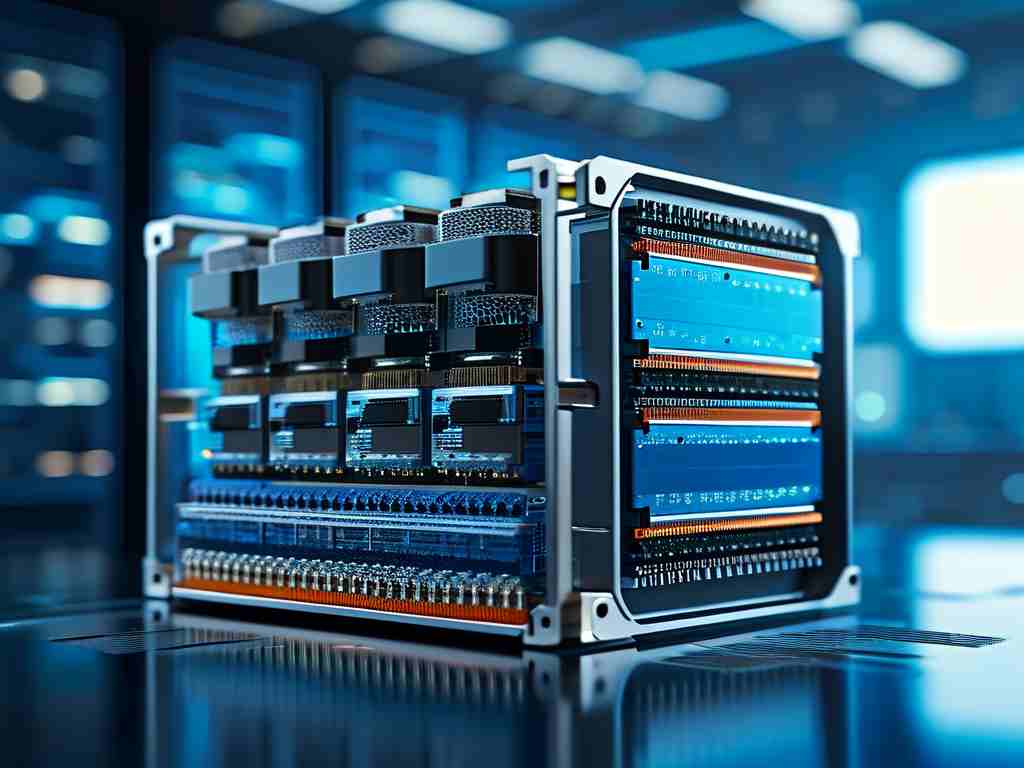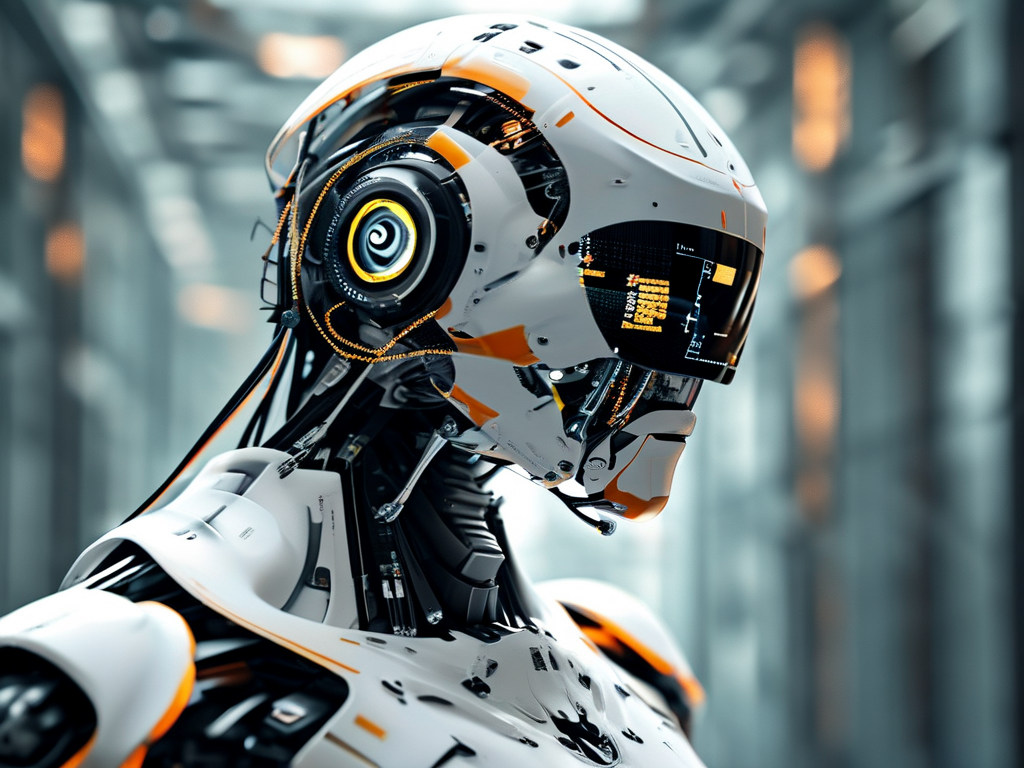The field of robotics has entered a transformative era driven by accelerated evolution mechanisms, a paradigm that merges principles of evolutionary biology with advanced computational frameworks. This approach enables robots to adapt dynamically to complex environments, optimize performance in real time, and achieve unprecedented levels of autonomy. At its core, accelerated evolution in robotics relies on iterative learning algorithms, hardware-software co-evolution, and decentralized decision-making architectures.

Foundations of Accelerated Evolution
Traditional robotics often relies on pre-programmed instructions and static models, limiting adaptability. In contrast, accelerated evolution leverages principles inspired by natural selection. Algorithms simulate genetic variation, recombination, and selection to iteratively refine robotic behaviors. For instance, neural networks trained through neuroevolution—a process mimicking biological neural adaptation—enable robots to learn tasks like object manipulation or navigation without explicit programming.
Hardware-software co-evolution further amplifies this process. Modular robotic systems, equipped with reconfigurable components, can physically adapt their structures while algorithms simultaneously optimize control strategies. A robot might trial different limb configurations in simulation, with only the most efficient designs progressing to physical prototypes. This reduces development cycles from years to months.
Key Technological Drivers
- Parallelized Simulation Environments: Cloud-based simulations allow thousands of virtual robots to "evolve" simultaneously. NVIDIA’s Isaac Gym exemplifies this, enabling mass reinforcement learning trials where AI agents master tasks like drone stabilization through billions of simulated interactions.
- Meta-Learning Architectures: Systems like Google’s Pathways employ meta-learning to transfer skills across tasks. A robot trained to open doors in a lab can rapidly adapt the same neural framework to operate valves in industrial settings.
- Edge Computing Integration: Onboard processors equipped with neuromorphic chips, such as Intel’s Loihi, enable real-time evolutionary computation. Robots recalibrate gait patterns mid-stride when encountering uneven terrain, mimicking biological adaptability.
Applications and Case Studies
In disaster response scenarios, robots like MIT’s Cheetah 3 demonstrate evolved agility. Using deep evolutionary reinforcement learning, these machines navigate rubble fields by continuously testing and retaining successful movement patterns. Similarly, agricultural robots from companies like FarmWise optimize crop-monitoring routes daily, factoring in weather changes and plant growth rates.
Industrial automation has seen breakthroughs through collaborative robots (cobots) with evolved safety protocols. ABB’s YuMi cobot employs genetic algorithms to predict human operators’ movements, adjusting its speed and trajectory to prevent collisions—a capability refined through millions of simulated human-robot interaction scenarios.
Ethical and Technical Challenges
While promising, accelerated evolution raises concerns. Rapid self-improvement cycles could lead to unpredictable behaviors, necessitating "evolutionary guardrails." Researchers at OpenAI have proposed constraint-aware algorithms that penalize undesirable traits during the selection phase. Additionally, energy efficiency remains a hurdle; evolutionary computations demand significant power, prompting hybrid approaches that blend evolved strategies with rule-based safeguards.
Future Trajectories
Emerging research focuses on symbiotic evolution between robots and AI models. Projects like Boston Dynamics’ Atlas and OpenAI’s GPT-4 are exploring cross-domain knowledge transfer, where language models guide robotic evolution by generating task-specific optimization criteria. Another frontier is quantum-accelerated evolution, leveraging quantum annealing to solve complex optimization problems 100x faster than classical systems.
In , accelerated evolution mechanisms are redefining robotics by merging biological inspiration with cutting-edge computation. As these systems grow more sophisticated, they promise to revolutionize sectors from healthcare to space exploration, albeit requiring careful governance to align their evolution with human values.



